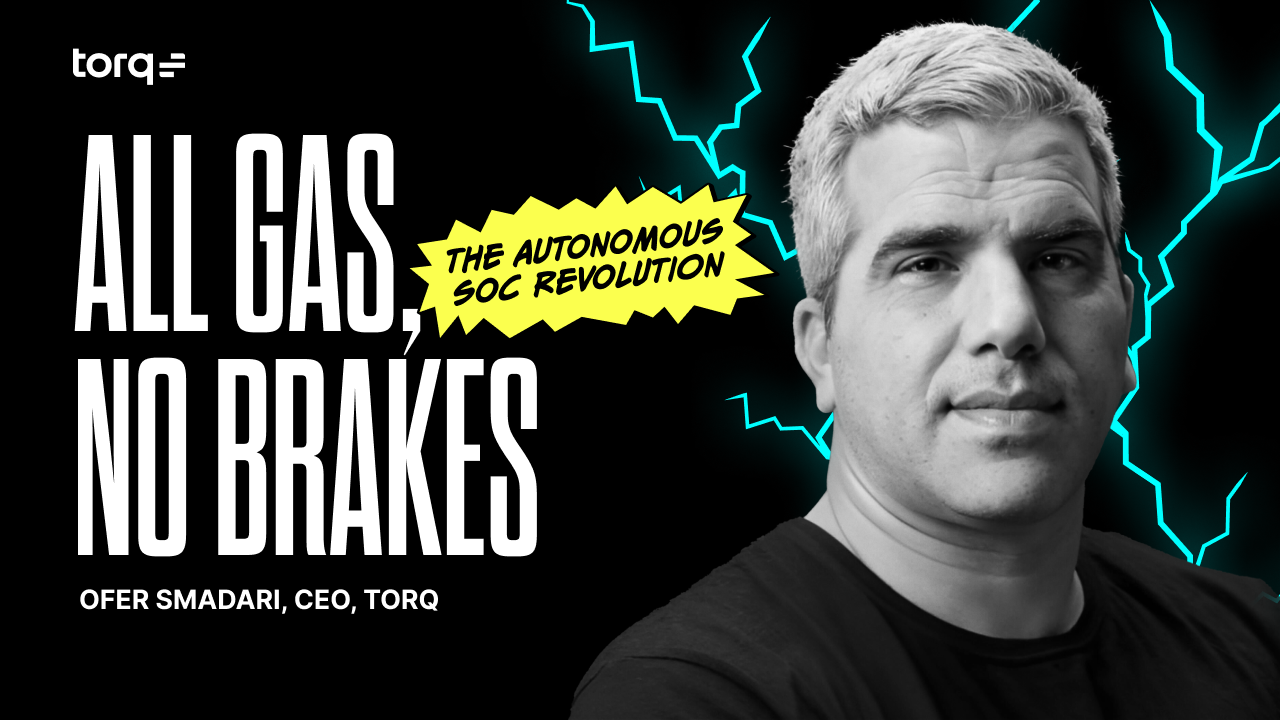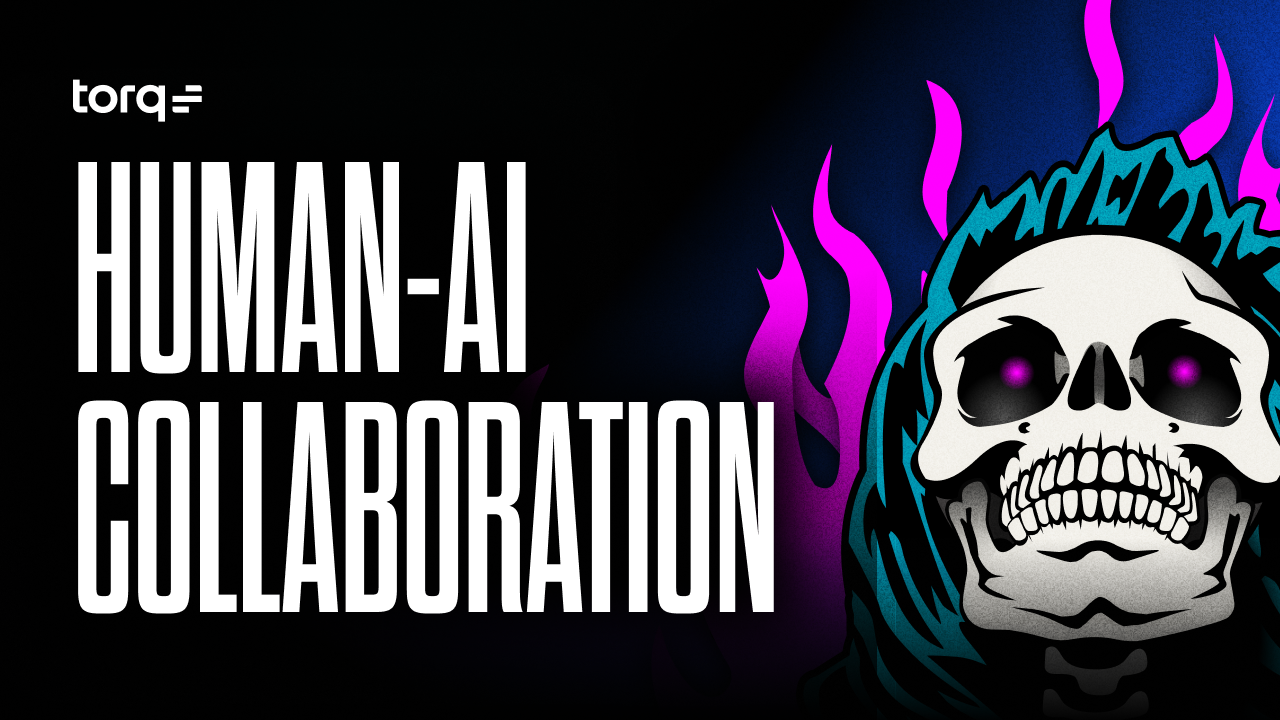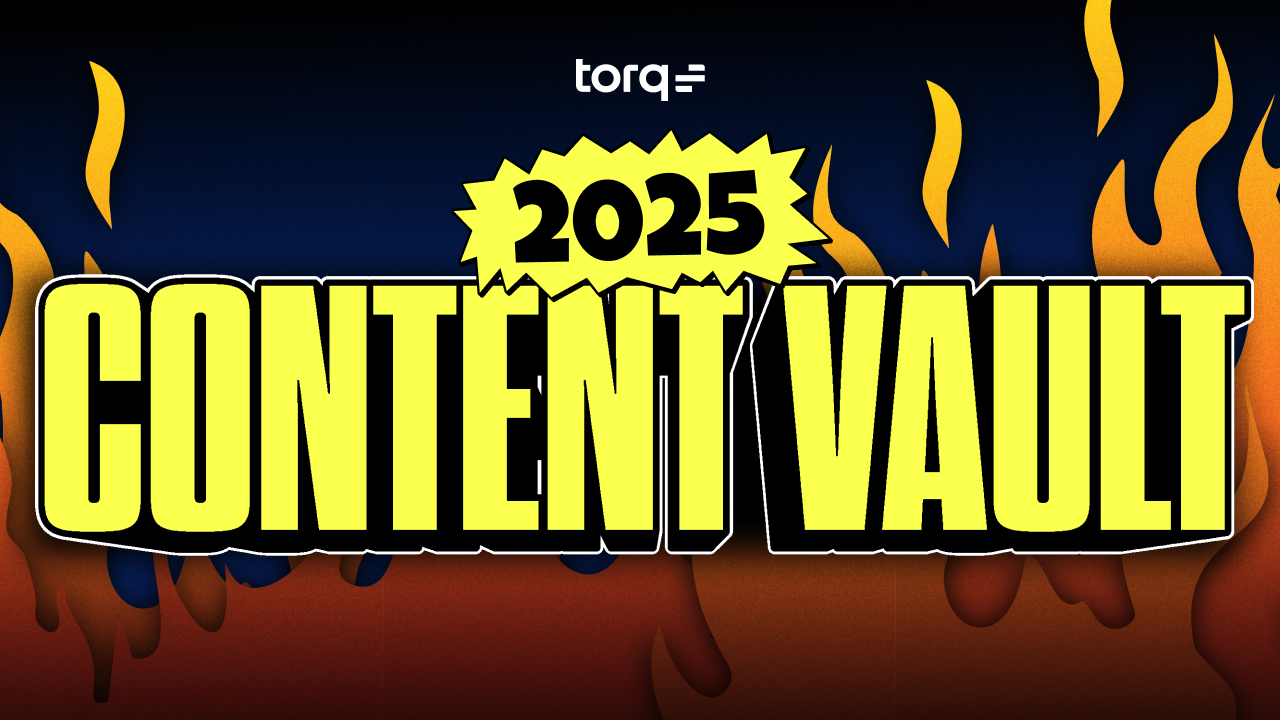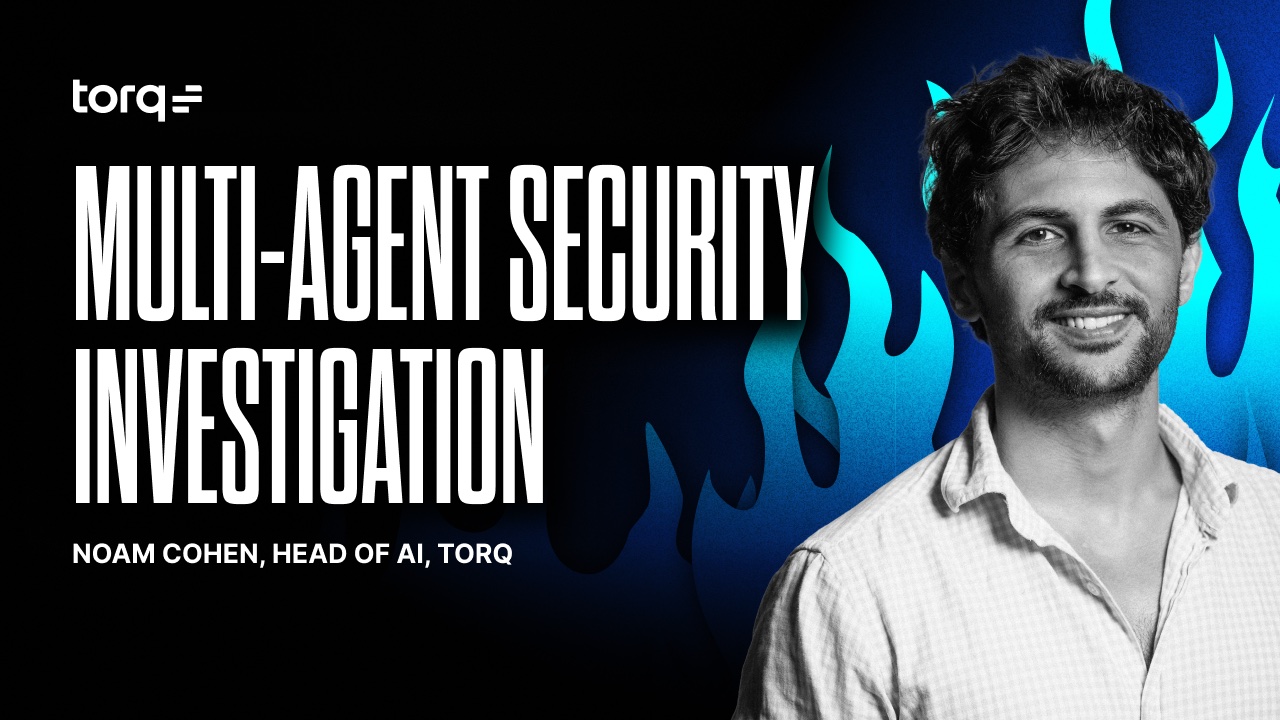Contents
Get a Personalized Demo
See how Torq harnesses AI in your SOC to detect, prioritize, and respond to threats faster.
The era of static playbooks and reactive security is over. A new generation of AI-driven security operations is emerging — one that combines cloud-native scale with intelligent, agentic automation to redefine how Security Operations Centers (SOCs) work.
As CEO of Torq, I’ve had a front-row seat to this transformation. In speaking with countless CISOs and analysts, one theme rings loud and clear: We can’t fight modern threats with yesterday’s tools. SOC teams today are wilting under an onslaught of alerts and “busywork,” creating an existential crisis in security operations. It’s time for a bold leap forward.
Leading the Charge: Torq HyperSOC-2o and the Revrod Leap
Earlier this month, we took a decisive step into the future by launching Torq HyperSOC-2o, fresh on the heels of our acquisition of Revrod — a stealth-mode Israeli AI startup with advanced multi-agent AI expertise. This move isn’t just about adding features; it positions Torq at the forefront of the autonomous SOC revolution.
Torq HyperSOC-2o is built around a comprehensive OmniAgent that can identify, prioritize, and remediate threats across the entire organization. By integrating Revrod’s cutting-edge multi-agent RAG (Retrieval-Augmented Generation) technology, we’ve supercharged our platform’s ability to do deep research, planning, and generative reasoning in the SOC. In plain terms: HyperSOC-2o can analyze threats and coordinate responses with near-human-level insight and precision at machine speed.
This isn’t hype — it’s happening now. Torq was recently named an “AI Startup to Watch” by Business Insider, recognizing the momentum and innovation behind our approach. With Revrod’s team now part of Torq, that momentum accelerates.
“Torq is at least 18 months ahead of the pack in delivering true autonomy for security operations.”
I can confidently say Torq is at least 18 months ahead of the pack in delivering true autonomy for security operations. Revrod’s technology “fundamentally changes what’s possible in a SOC,” and by weaving it into HyperSOC-2o, we’re giving our customers the ability to operate faster and smarter than ever. In demos at RSA Conference, attendees will see firsthand that the autonomous SOC isn’t a distant vision — it’s here, and Torq is leading it.
Beyond Legacy SOAR: A Generational Leap in SOC Automation
To understand why this leap matters, consider the tools many SOCs have relied on until now: legacy SOAR platforms like Palo Alto’s Cortex XSOAR (Demisto), Splunk Phantom, or Siemplify. These systems were pioneering in their day, but they were built for a different era and a different scale. Traditional SOAR demanded extensive coding and constant maintenance to keep up with new threats and systems.
In contrast, Torq HyperSOC is built on an agentic architecture where AI agents actively collaborate, reason, and take initiative across the full security stack. We’ve developed an OmniAgent that can orchestrate a team of specialized AI agents, each with its own focus area, dynamically working together like a human SOC team.
Compared to the rigid, one-track automations of legacy SOAR, Torq’s multi-agent brain represents a generational leap. It’s the difference between a scripted assistant and an autonomous colleague. It auto-calibrates its response playbooks and tools on the fly to mitigate threats faster and more accurately than any static playbook could.
Inside Torq HyperSOC-2o: AI Agents on the Front Lines
Rather than a monolithic black box, Torq HyperSOC-2o is an ensemble of intelligent agents working in concert — a “virtual SOC team” that never gets tired. Here’s a closer look at the AI agents powering HyperSOC-2o:
- Investigation Agent — Performs deep-dive investigations in seconds, uncovering hidden patterns across disparate data sources and tools to pinpoint root causes and assess threat impact.
- Case Management Agent — Gathers real-time and historical data, organizes case timelines, highlights key indicators, and reprioritizes incidents based on evolving information.
- Runbook Agent — Autonomously executes and adapts incident response runbooks with institution-specific knowledge built-in.
- Remediation Agent — Executes remediation actions autonomously, closing the loop with verifiable outcomes, operating in orchestrated or human-in-the-loop configurations.
Together, these agents function as an AI-powered SOC unit: ingesting alerts, investigating, collaborating, and remediating as a cohesive intelligence.
Real Results: Faster Responses, Greater Scale, Happier Analysts
Fortune 500 companies have already deployed Torq’s agentic SOC platform. In early deployments, organizations saw:
- Up to 90% reduction in investigation time.
- 3–5× increase in alert handling capacity with no added headcount.
- 95%+ of Tier-1 security tasks automated.
- Significant improvements in key SOC KPIs like MTTR (mean time to respond).
Security leaders can now shift from a reactive stance to a proactive strategy. They can spend more time on strategic initiatives because the AI agents have their backs on the front lines.
The Road Ahead: How AI Agents Will Redefine Cybersecurity Operations
The introduction of intelligent, collaborative AI agents into the SOC is not just an incremental improvement — it’s a tectonic shift. Security operations will never be the same.
Organizations will be able to achieve a level of security posture and responsiveness previously limited to only the most well-staffed enterprises — not by hiring armies of analysts, but by deploying intelligent agents that work like armies of analysts.
The autonomous SOC is here, and it’s here to stay.







